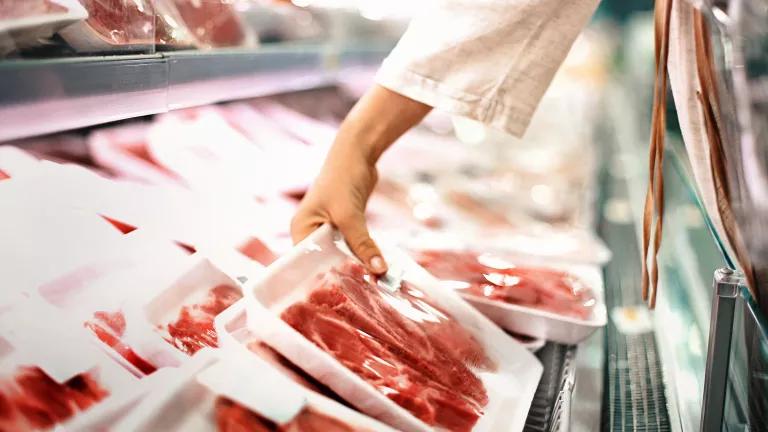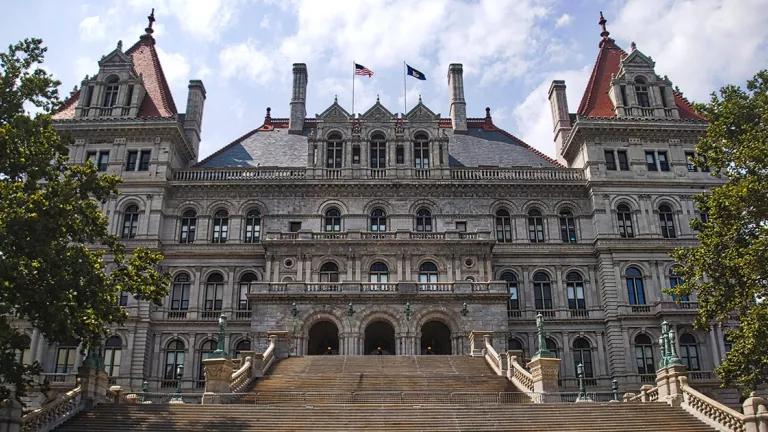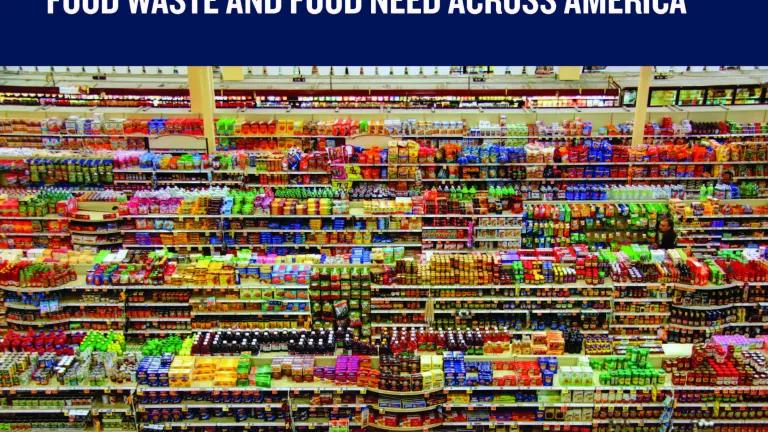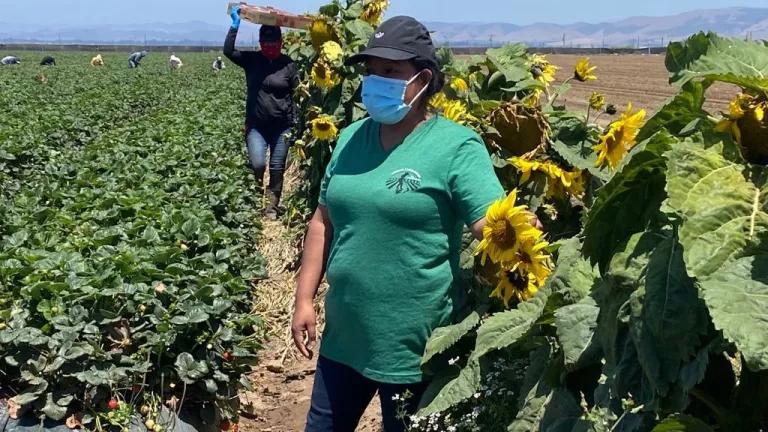San Francisco Grocers Report: Beef & Pork Antibiotic Use Still Hidden
For the second year in a row, San Francisco grocers reported almost no details about antibiotics used to produce beef or pork sold in the city. It's time for grocers—and their meat producers—to step up.

As the COVID-19 pandemic wears on, the City of San Francisco hasn’t lost sight of another growing public health threat: antibiotic resistance. The city’s second annual report on antibiotic use in food animals recognizes that the risks from antibiotic overuse have been percolating for decades, and that a global antibiotic resistance crisis demands urgent action. As with the response to COVID-19, federal leadership in the fight against antibiotic resistance has fallen short. So San Francisco has stepped in to fill the gap.
Under San Francisco’s first-in-the-nation Antibiotic Use in Food Animals Ordinance, grocers and producers must report annually on the antibiotics used to produce the raw meat and poultry products they sell. The information reported helps consumers understand what grocers and meat producers are doing to keep them informed and to keep antibiotics working. Unfortunately, when it comes to beef and pork, the answer is NOT ENOUGH.
Overuse of antibiotics in livestock production spurs growth of antibiotic-resistant bacteria, making some common infections harder—or impossible—to treat in humans. Nearly 3 million people in the U.S. contract antibiotic-resistant infections each year, and up to 162,000 die. As the San Francisco report notes, this annual death toll is not far behind the 200,000+ COVID-19 deaths this year, and many people sickened by COVID-19 have contracted secondary bacterial infections that require treatment with antibiotics. Unchecked, antibiotic resistance will continue to expand dramatically, threatening modern medicine as we know it.
Despite being crucial for human health, nearly two-thirds of medically important antibiotics in the U.S. are sold for livestock use, mostly for cows and pigs. The beef and pork industries work hard to keep the details of this antibiotic use hidden.
San Francisco’s ordinance was passed to lift the veil of secrecy on antibiotic use in the meat industry. The ordinance requires large grocery chains to report two types of antibiotic information for meat sold in the city: policies (when and why antibiotics may be used) and actual numbers (antibiotic quantities used).
But for the second year in a row, almost no detailed antibiotic use information was reported for beef or pork products. San Francisco grocers reported that they sold beef from more than 50 producers, and antibiotic use numbers were reported for only two producers. Four massive companies—National Beef, Cargill, JBS, and Tyson—control 80% of the U.S. beef processing market, and of the 29 beef products from these companies sold in San Francisco, antibiotic use data was provided for only one JBS product. Similarly, pork antibiotic use numbers were reported for only one out of 18 producers.
Percent products for which antibiotic use data was reported
Beef |
Pork |
Lamb |
Chicken |
Turkey |
| 2% | 2% | 14% | 40% | 74% |
In contrast, reporting compliance was much higher for poultry and reflected some reductions in antibiotic use. Complete antibiotic use data was provided for 40% and 74% of chicken and turkey products, respectively, including all Foster Farms chicken and turkey products. Antibiotic use reported for Cargill’s turkey decreased from 2018 to 2019, from above the national average to below. These numbers align with national reductions in medically important antibiotic use in U.S. chicken production in recent years.
Grocer reporting on antibiotic policies improved overall in the second year of reporting (i.e. their answers were more complete), but the substance of these policies did not. Whole Foods remains the sole grocery chain with a storewide antibiotics policy prohibiting the use of antibiotics for meat sold in its stores.
Jen Jackson, San Francisco Department of the Environment’s Toxics Reduction & Healthy Ecosystems Program Manager, says grocers can do better. “We’ve seen large purchasers drive changes in markets across the globe. For example, when San Francisco and other big buyers adopted strict requirements for carpet purchases to protect health and the environment, the carpet industry quickly pivoted away from toxic chemicals. It’s time for grocers to flex their buying power to keep antibiotics working.”
It’s true—leveraging buying power has already been a potent driver of change in the U.S. restaurant industry. The annual Chain Reaction scorecard published by NRDC and allies in the Antibiotics Off the Menu coalition grades the top 25 fast food and fast casual restaurant chains on their antibiotics policies and practices. In the first year of grading, 20 out of 25 chains received “F” grades. Just five years later, in response to public pressure and leadership from key companies, more than half the chains had moved up to a “C” grade or better. Unfortunately, the grocery industry has not followed this example and for the most part has stayed silent about antibiotic use in its meat supplies.
As a first step, store branded products offer an important leverage point on antibiotic use for grocers. Five major grocers in San Francisco (Costco, Albertsons, and Trader Joe’s, Kroger, and Target) sold meat raised with antibiotics under their own labels in 2019; only two—Target and Kroger—provided any antibiotic use data for these private label products, and they each reported numbers for only one product. While all these chains offer “Organic” or “No Antibiotics Ever” products that are produced without any antibiotics, none of them have committed to transparency in antibiotic use for their other store branded products. San Francisco’s annual reports on these products will allow consumers to support grocery brands that proactively protect public health.

In a year with seemingly endless challenges for local governments, San Francisco continues to demonstrate extraordinary leadership in the fight to protect our precious medicines. As cities and counties around the country join San Francisco in requiring antibiotic transparency, they will advance our collective vision for keeping antibiotics working. We hope that next year’s reporting will show grocers—and their beef and pork producers—stepping up too.




